We had yet another stop when we were down on the flat and very hot coast road. On the road verge was another male Banded Yellow Eurema elathea. You can see the straight not curved black bar showing through from the upper forewing. We went into an area of trees just above the beach. Gundlach’s Swallowtails Parides gundlachianus were very numerous and seeking shade communally on the hanging branches of a large tree. We also saw a few anoles with Cuban Whiptail Pholidoscelis auberi with their blue tails being the commonest and a pair of Oriente Warblers were building a nest in the bush above me where I spent some time trying to photograph the various Pierids that were nectaring on the white flowers of a large bush. Amongst these were Cuban White Ganyra menciae and Cuban Sulphur Kricogonia cabrerai which was new for us. Both of these are endemic to Cuba and the latter is restricted to the eastern end of the island. Not the best of shots but they were quite high up and it's a start! You can see the two main identification features of Cuban Sulphur - the mottled appearance of the underside hindwing in both sexes and the yellow at the base of the upper forewing of the male reduced to a narrow yellow streak. On male K. lyside the yellow is more extensive.
|
The day got off to a good start with Greater Antillean Nightjar calling outside our room as we were getting ready for breakfast. Today was a traveling day with stops, heading first south over the Sierra de Purial down to the south coast at Cajobabao and then turning west along the coast towards Guantanamo where we would be spending two nights. It was a good road and a wonderful journey both for scenery and rewarding butterfly stops. The first of these was just east of Palma Clara still on the north side of the hills at 1240ft. Confusing Yellow Pyrisitia larae was the most numerous butterfly here beside the road. According to Hernández this is a widespread species but this was only the second time we had seen it – as the name suggests it is easy to overlook. Gundlach’s Swallowtail Parides gundlachianus also came and nectared and was obliging in providing good views but didn’t stop so the only shot I got was one in flight. We had a couple more stops on the way down the other side of the hills. One of these was a near a little house by the roadside. Note the trolley outside - a popular form of transport for goods and people on these hilly roads in Cuba. We saw them being used extensively in the Sierra Maestra mountains in March 2015. Cubans may not be rich in material things but they possess an abundance of resourcefulness. We stopped at a view point parking spot on the right with a concrete balustrade. Below that there was a steep area of natural habitat with many butterflies flying in the hot sun and we could see the sea in the distance looking south. We saw Cuban Black Swallowtail Heraclides oxynius, Pelaus Swallowtail Heraclides pelaus, Two-spotted Prepona Archaeoprepona demophoon, Confusing Yellow Pyrisitia larae, Cuban Checkerspot Atlantea perezi and about ten Dusky Emperor Asterocampa idyia. Doug also found a larva of Oviedo's Swallowtail Heraclides oviedo. We had yet another stop when we were down on the flat and very hot coast road. On the road verge was another male Banded Yellow Eurema elathea. You can see the straight not curved black bar showing through from the upper forewing. We went into an area of trees just above the beach. Gundlach’s Swallowtails Parides gundlachianus were very numerous and seeking shade communally on the hanging branches of a large tree. We also saw a few anoles with Cuban Whiptail Pholidoscelis auberi with their blue tails being the commonest and a pair of Oriente Warblers were building a nest in the bush above me where I spent some time trying to photograph the various Pierids that were nectaring on the white flowers of a large bush. Amongst these were Cuban White Ganyra menciae and Cuban Sulphur Kricogonia cabrerai which was new for us. Both of these are endemic to Cuba and the latter is restricted to the eastern end of the island. Not the best of shots but they were quite high up and it's a start! You can see the two main identification features of Cuban Sulphur - the mottled appearance of the underside hindwing in both sexes and the yellow at the base of the upper forewing of the male reduced to a narrow yellow streak. On male K. lyside the yellow is more extensive. We drove on again and as it was now lunch-time Leandro then stopped at La Chivera just east of Playa Imías at a small outdoor restaurant next to the sea where he could park in the shade. We were able our have our picnic lunch under palm leaf umbrellas overlooking the sea and enjoyed nice cold fizzy orange. Any idea of having a rest in the shade was quickly abandoned as Doug and I were lured back out into the frying pan of a car park where two flowering trees were attracting lots of butterflies. Although most were Great Southern White Ascia monuste there were several more Cuban Sulphur K. cabrerai and we watched a female laying on Guaiacum officinale. Several swallowtails and skippers were present as well as Queen Danaus gilippus, Caribbean Banner Lucinia sida and Cuban White Ganyra menciae. We also saw Dainty Sulphur Nathalis iole near the picnic tables which turned out to be the only one of the trip. We continued along the coast to Yateritas. The reason for coming here was that it is the only place on Cuba where the Antillean Blue Pseudochrysops bornoi yateritas has been seen. It was first discovered here on 1 October 1991 and I’m not sure how many times it has been seen since. The only pictures on the internet are of the holotype which is held in the Oxford Museum of Natural History. Strangely I didn’t see it there on our previous visits so I will have to make contact and make another visit to photograph it. Separate subspecies are known from Hispaniola and Puerto Rico. It resembles a Hairstreak in having tails on the hindwings and has been known to nectar on the Acacia bushes in the area. I spent some time searching these but only found Mallow Scrub-Hairstreak Strymon istapa. It was a bit of a long shot looking for it in June though on Hispaniola it is thought to be triple-brooded (Smith, Miller & Miller). Whilst standing quietly watching one of the Acacias I noticed a pair of the endemic Cuban Gnat-catcher feeding and was surprised when they came out in the open to investigate me. This is by far the best views I have ever had of this. There were two Southern Dogface Zerene cesonia flying around and Doug caught it to show us the upperwing pattern resembling a dog's face, a poodle perhaps, before releasing it. He then found a larva of Gulf Fritillary Agraulis vanillae feeding on Passiflora foetida and also several adults of Obscure Skipper Panoquina panoquinoides. Time was getting on so we set off for the Hotel Lupe. It had been a great day and despite spending quite a bit of time in the vehicle we had seen butterfly 56 species today including no less than nine Swallowtails! We had now seen 94 species in seven days. It was around this time in the holiday that we were approached by a jeep and two military bods came over and asked what we were doing. I explained that we were looking for and photographing butterflies. They told me that we weren't allowed to go more than 50m from our vehicle! And if we did they would know as they had hidden cameras watching us. Yeah right - pull the other one. I'm not sure what threat they thought two Brits in their sixties watching butterflies posed to Cuba! Come on - this is the 21st century! Having said that I wonder whether Trump will pull back from his recent rhetoric on future relations with Cuba when he gets in the White House...
0 Comments
Leave a Reply. |
Welcome to our Blog
Here we will post interesting news about what we and others have seen in Cuba. Archives
July 2024
Categories |
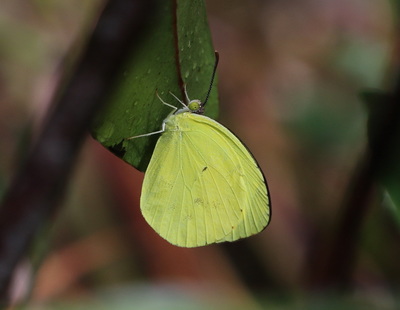
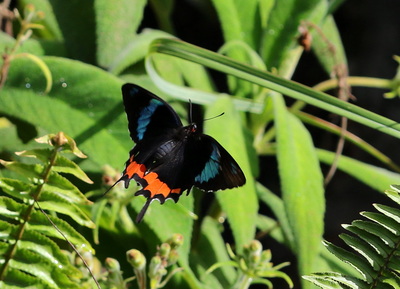


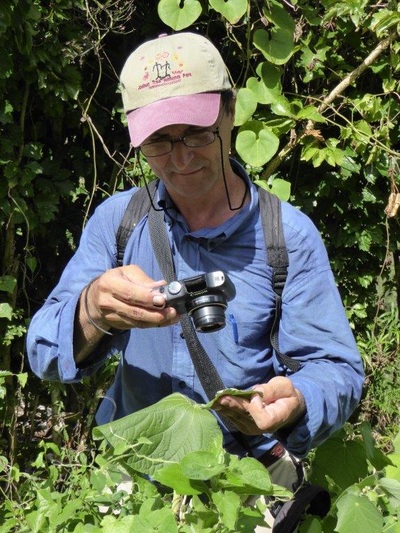
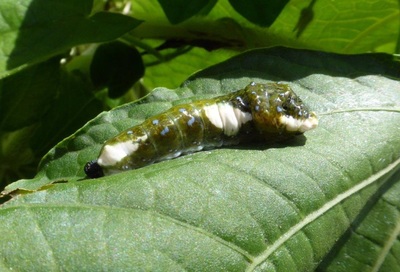
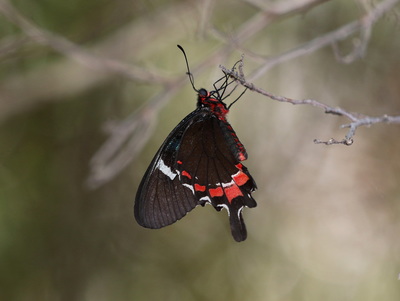
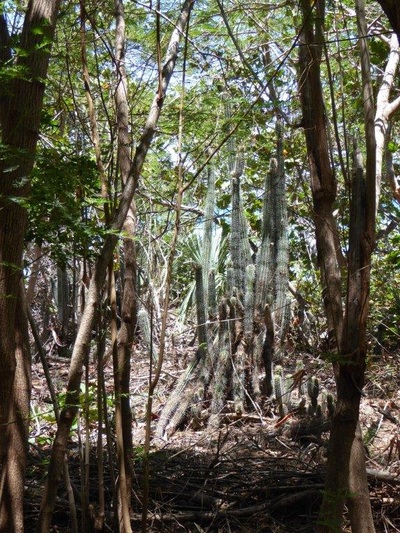
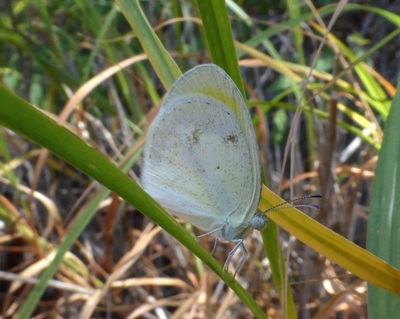
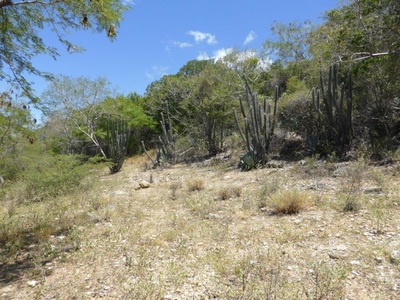
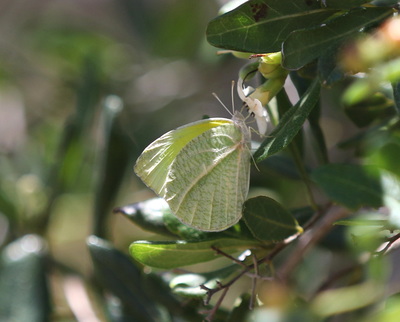
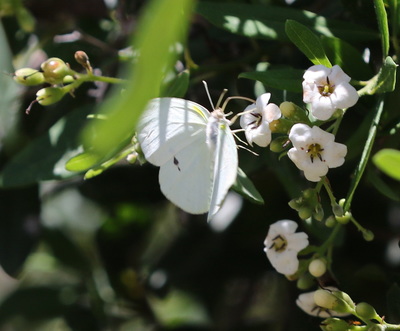
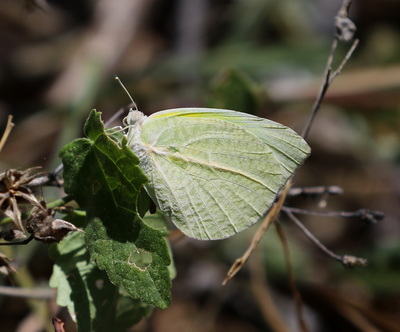
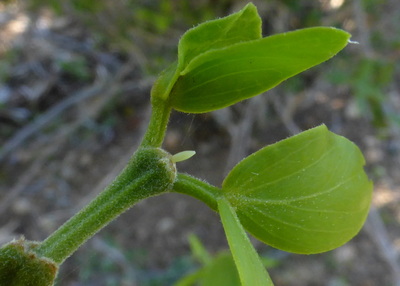
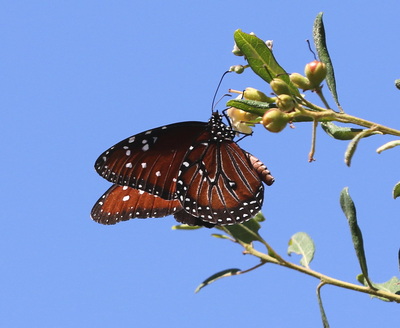
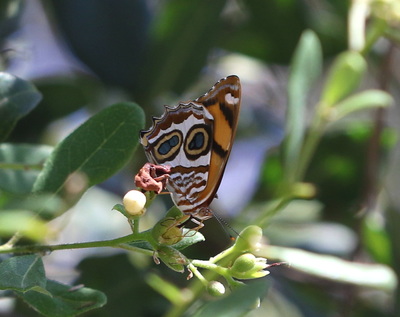
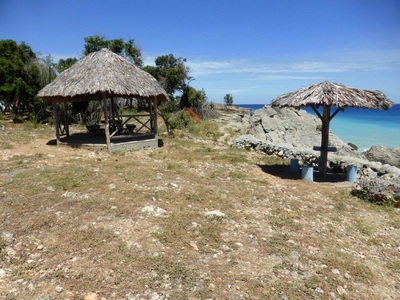
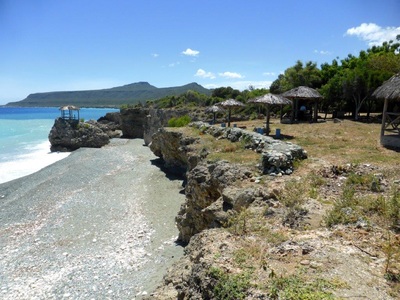
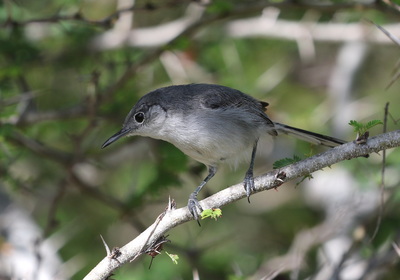
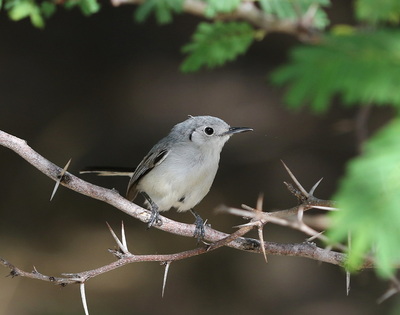
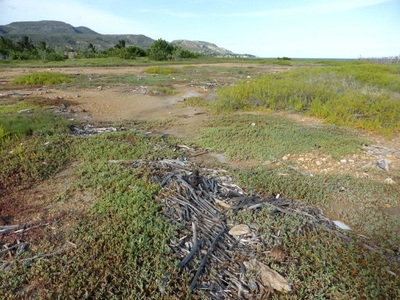
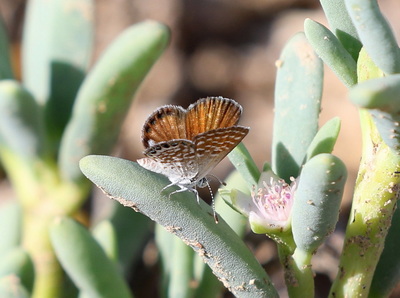
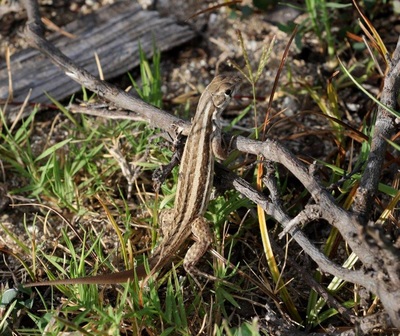
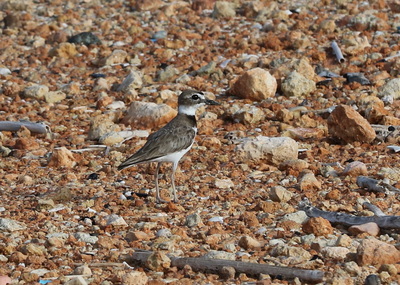
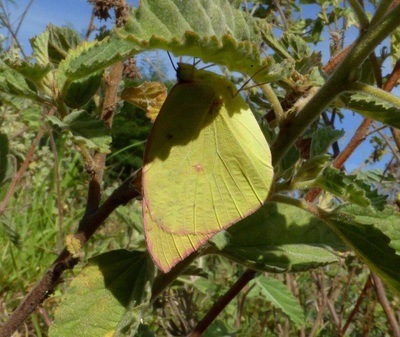
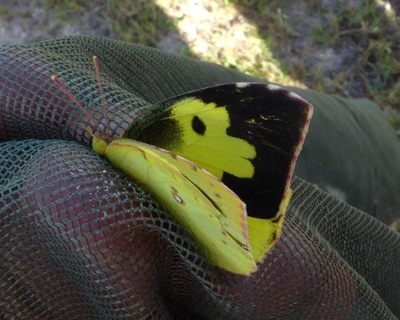
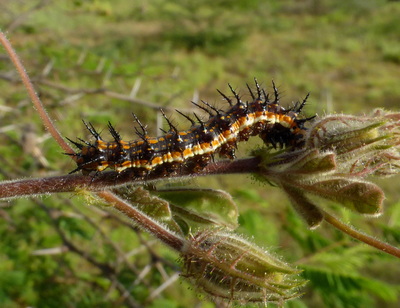
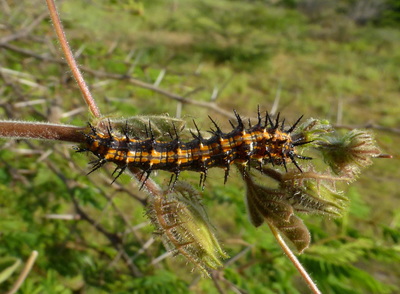
 RSS Feed
RSS Feed